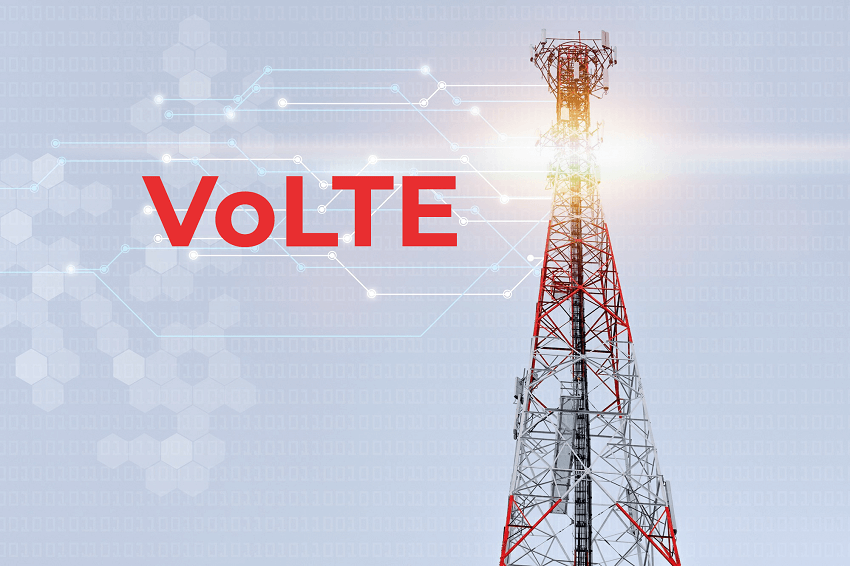Why core network upgrades are critical for IoT deployments
by Ran Dor | February 19, 2025
In our previous blog posts, we discussed the significance of understanding which elements of a core network are owned by your connectivity provider, and how the capabilities of that network can directly influence your use cases.
However, it may not be enough to simply make sure that your connectivity provider owns critical infrastructure, and their network setup supports the usage scenarios that you need at the moment. When choosing the connectivity solution, you’ll need to use a forward-thinking approach and take into account all possible challenges it may have to face in the future.
Every IoT deployment has to be future-proof, and so does the connectivity solution and the core network that it relies on. It must be capable of handling evolving scenarios as they come — whether those are new business needs, changes in user behavior, or technological advancements. There are many reasons why your provider’s core network may demand upgrades, including increasing data traffic, changing regulations and security requirements, cost-efficiency and scalability.

Expanding Network Infrastructure
Building new data centers is one of the most obvious ways of developing the network, but there’s more to it than just adding the capability to serve customers in more regions. Having more data centers can significantly improve latency, since the data needs to travel first to the data center and only then to its destination. The other advantage of creating a geographically spread core network is increasing its uptime: each data center can serve as a backup in case a neighboring data center goes down. Besides, it adds more breakout options, which is critical for latency, but also for reasons of compliance with local connectivity regulations.
Last year, we added three data centers – in Dubai, Tokyo and Sydney, which helped us improve latency and bandwidth in relevant regions. We have also executed a lot of other expansions in our network, such as replacing the packet gateways in our data centers in Dallas, Ashburn and Amsterdam. So while technically they’re not new data centers, now they are improved in terms of capacity. This year, we plan to open two more data centers, one in Frankfurt, Germany and one in Sao Paulo, Brazil. The first one is also going to act as the regional backup to Europe, providing better georedundancy.
Introducing New Functionality
The other major direction that your connectivity provider’s network can be improved is additional functionality. Depending on the customers’ use cases, it may require extra nodes and technologies. For example, providing connectivity for connected cars would require not only data for telematics or infotainment systems, but also voice services: in many countries, eCall – an emergency call that is automatically generated from a sensor inside the vehicle in case of a serious road accident – is a mandatory function. Depending on the type of cellular network used (3G, 4G or 5G) this may demand that a connectivity provider has different core network architecture with relevant nodes responsible for voice communication. It’s not a minor update: as an illustration, Voice over LTE (VoLTE) requires the deployment of an IP-Multimedia Subsystem (IMS) Network, which includes several new Core Network entities that enable connectivity over IP with guaranteed Quality of Service (QoS) to meet the basic requirements of a regular (Circuit-switched based) voice call.
Overall, the more diverse a connectivity provider network is, the more functions it can support. Full MVNOs that have built their own infrastructure with dedicated nodes for voice and data transmission can usually offer all types of connectivity. In 2024, after integrating all essential infrastructure components into its core network, Webbing expanded its connectivity services to include voice communications and we’re now offering voice services, including a prepaid option, to our customers.

Improving Network Performance and Resilience
Core network upgrades also include adding certain nodes and network solutions that, while not immediately visible to customers, are extremely important for continuous and stable connectivity. A good example is an IP MLPS, which stands for Internet Protocol Multi-Protocol Label Switching and technically is a routing system that enables fast data switching from one node to the next based on labels. In traditional IP routing, a router looks up the destination address of a packet in a routing table to decide where to send it next. MPLS eliminates the need for complex routing table lookups at each hop, speeding up packet forwarding and making networks more efficient. MPLS allows for traffic engineering, meaning that network operators can manage and optimize the flow of data across the network based on various factors (e.g., bandwidth requirements, latency constraints, or traffic patterns). But what may be even more important, it can improve the network’s resilience. If one path goes down, traffic can be rerouted dynamically to an alternate path.
Last year, we at Webbing also updated IP MPLS in our core network. We have set a strong backbone between our data centers, and it allows us to have better resiliency and actual backup if one of the links goes down. For example, if one of our GRX providers in Dallas experiences an outage, we can reroute traffic through our backbone, ensuring that customers experience no disruption. In situations like the recent California wildfires, this backup capability ensures that services remain uninterrupted.

Ensuring High Availability and Reliability
Another type of updates is related to ensuring high availability and avoiding failures by having complete control over the elements of the network. The ability to deal with any type of issue and, more importantly, the speed of reaction would critically depend on whether the provider has immediate access to the network or has to address a partner that operates it. Full MVNOs have significant advantages in that regard, owning all of the core network infrastructure, but even they may become more independent by rolling out nodes and services of their own instead of relying on partners. For instance, it could be a GTP proxy, an intermediary device or system used in mobile telecommunications networks to optimize, secure, and manage traffic using the GPRS Tunneling Protocol (GTP). A GTP proxy can manage the communication between mobile networks when users are roaming, ensuring data flows between different networks properly.
One of the major changes in Webbing’s core network last year was launching a GPT proxy. Previously, we used this service from a partner, and it worked perfectly, but it wasn’t under our control, and for every little change we needed to open a ticket. Now, we can make urgent changes or fixes if need be, and it’s also helping us improve our uptime.
Adapting to Specific Scenarios
Lastly, there are updates that are essential for specific usage scenarios. Customers may have a wide range of requirements for mobile network services, and even if it seems like some features and capabilities can be added with relatively simple adjustments, in reality on the network side each of them may require a lot of work, architecture changes and deployment of additional nodes. We briefly described use cases in , and there may be dozens of such scenarios in every vertical, so when you consider your next IoT deployment make sure that your connectivity provider’s network can adapt to these specific requirements.

Webbing’s Network
Webbing is a full MVNO and has a fully redundant distributed core network infrastructure with data centers on every continent, local breakouts and multiple network solutions. It makes IoT deployments of any scale and any configuration feasible in the shortest possible time, no matter what geographically specific architecture they may require. It helps us provide stable connection, high data throughput, consistent bandwidth and low latency to all devices.
In combination with 600+ partnership agreements with mobile network operators all over the world our core network gives access to infrastructure in any region and eliminates the problem of regulatory compliance including all data localization and sovereignty requirements, whatever the scale of the project may be.
Webbing’s network also offers a centralized way to manage devices throughout their lifecycle. It allows for defining business rules that enable devices to change the carrier independently in case of location change or connectivity loss, and provides visibility to profile usage and network events. This helps manage connected devices in bulks, easily scale global IoT deployments and monitor data usage of each device.
Our distributed core network helps us tailor our connectivity offering not only based on how much the customer pays for a terabyte of data transmitted, or on the locations where IoT devices are deployed, but rather aiming at overall optimization of the total cost of operations for the client.
Reach out to learn how Webbing can help you empower your IoT strategy with a future-ready core network.




